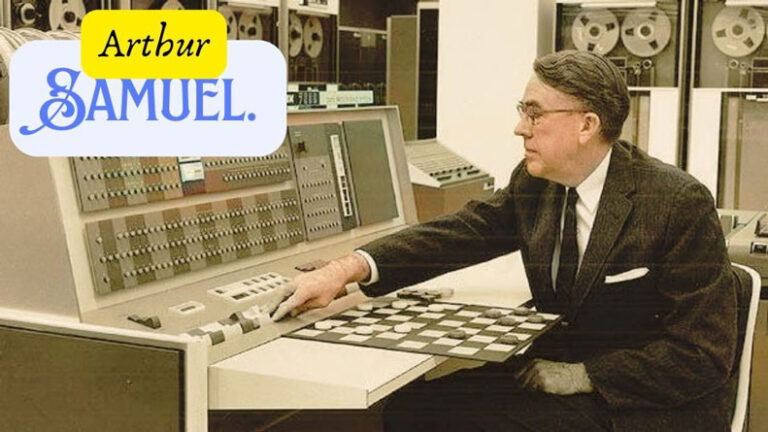1970: Terry Winograd develops SHRDLU
In the world of artificial intelligence, 1970 was a milestone year with the development of SHRDLU by Terry Winograd. SHRDLU, short for “SHoRD LUmp,” was a groundbreaking computer program that demonstrated the ability of machines to understand and respond to human language in a meaningful way.
Terry Winograd, a computer scientist and professor at Stanford University, developed SHRDLU as part of his doctoral dissertation at the Massachusetts Institute of Technology. The program was designed to interact with users in natural language, allowing them to give commands and ask questions about a virtual world of shapes and blocks.
What set SHRDLU apart from previous language processing systems was its ability to not only understand the syntax of human language but also the semantics. This meant that SHRDLU could interpret the meaning behind words and phrases, allowing it to carry out complex tasks and respond intelligently to user inputs.
For example, users could ask SHRDLU to “put the red block on top of the green cube,” and the program would understand the spatial relationships between the objects and execute the command accordingly. Users could also ask questions like “what is the tallest block?” or “is there a large red block in the box?” and SHRDLU would provide accurate and meaningful answers.
The development of SHRDLU marked a significant advancement in the field of artificial intelligence, as it demonstrated the potential for machines to understand and interact with human language in a way that was previously thought to be impossible. It laid the foundation for future research in natural language processing and human-computer interaction, paving the way for the development of more sophisticated language understanding systems in the years to come.
Today, the principles behind SHRDLU continue to influence the design of modern AI systems, from virtual assistants like Siri and Alexa to chatbots and language translation tools. Terry Winograd’s groundbreaking work in 1970 has had a lasting impact on the field of artificial intelligence and has helped to shape the way we communicate with machines in the digital age.


